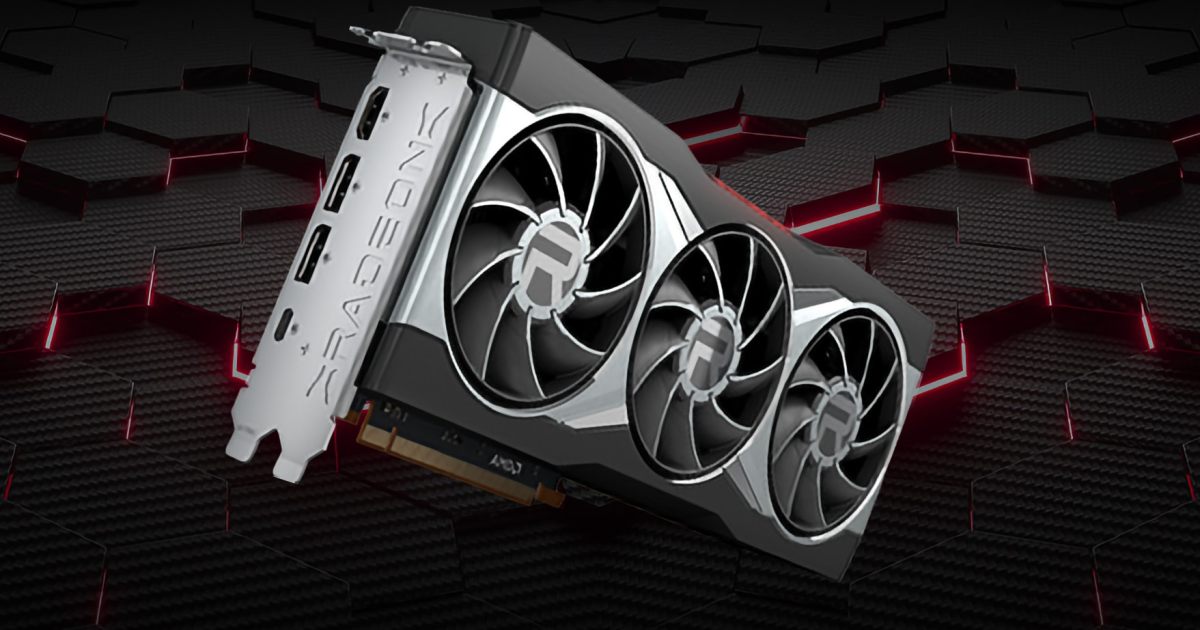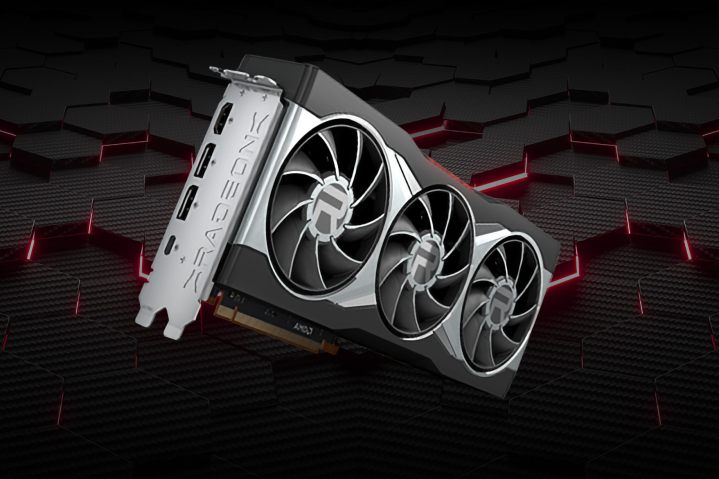
AMD says its next GPU will have more than just blazing speed
A recent blog post from AMD was a reminder that speed isn’t the only consideration when building a gaming PC or graphics workstation. Power requirements for computers have increased significantly over the last few years, with both CPUs and GPUs drawing more to keep up with the demands of fast-paced and graphically-rich, modern games. As video quality and photo sizes increase, editing puts a heavier load on the system as well.
AMD’s top competitor, Nvidia, tends to make GPUs with greater power demands. AMD’s blog makes the case that speed doesn’t have to come at the expense of efficiency. Its current GPUs use RDNA 2, which features an improved performance-per-watt that’s 50% better than that of GCN, the previous architecture.
 Image used with permission by copyright holder
Image used with permission by copyright holder
This is clearly important for gaming laptops that have a limited amount of battery power and reduced cooling capacity. You might be wondering why efficiency matters when you’re plugged into power and using a tower with plenty of room for ventilation. AMD points out that computers with higher power requirements place a burden on cooling, adding extra cost to the build, using more energy at a time when electricity costs are rising, and resulting in noisier computers that rely on multiple high-speed fans.
AMD’s RNDA 2 helped with those issues and RDNA 3 pushes efficiency even further. The next generation of chips will be the first AMD chip to be built with a 5nm process. As chip density increases, both performance and efficiency show improvements. AMD’s next-generation RDNA 3 GPUs are estimated to deliver another breakthrough in performance per watt, a 50% improvement over RDNA 2.

Get your weekly teardown of the tech behind PC gaming
That means your next AMD-based gaming PC could score a triple win, running cooler and quieter, while boosting performance to new levels.


